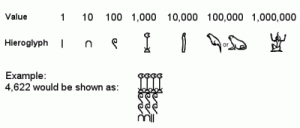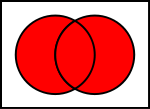In my last post I talked about the usefulness and downfalls of using the plentiful resources available online to plan lessons. In our technology-driven world, it’s important to carefully select and properly use technology in the classroom as well. Just as we must be careful when using the Internet to plan our lessons, we should also be selective when finding resources to use in our own classrooms. I’ve made the mistake of assuming that 2nd grade students can independently view YouTube videos or navigate a website without assistance, and it almost derailed my entire lesson.
I’ve also witnessed technology used brilliantly in a classroom. In the school I tutor in, each Kindergarten class gets split in half for their literacy lesson – half to work independently on computers, and half with the teacher (then they switch). The key to this success was careful technology instruction in the beginning of the school year and making sure that all students understood how to use the program. It was also important to find software that was engaging and age-appropriate. Finally, a positive reinforcement system was put in place so that students were motivated to complete their computer activities without supervision.
Technology can (and should!) also be an integral part of math instruction. Khan Academy is an excellent resources for both students and teachers. For example, if I wanted to teach about prime factorization, I could use the Khan Academy videos to brush up on how to teach it, or I could post it on a class website so that students can refer back to it once they’re home. Students that have completed an assignment early could also use Khan Academy’s skill site to get in extra practice and receive immediate feedback. The usefulness of KA is endless!
Technology is a blessing, if we use it appropriately in our classrooms. Have you ever had any tech blunders? Successes?





